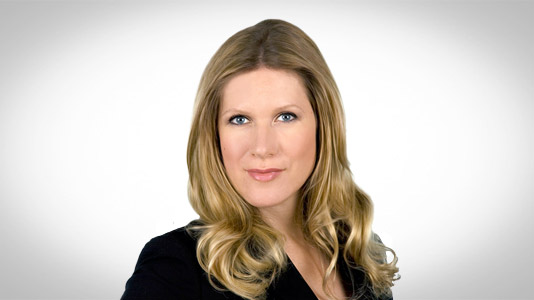Making sense of our connected world

Why TV producers struggle with the Internet
More than 600 companies produce television programmes in Germany. The industry generated EUR 1.82 billion in 2011 (see Produzentenstudie 2012: 39). However, television production companies – unlike broadcasters themselves – have hardly been active on the Internet. The production sector has to hurry if it wants to make use of the Internet for its own economic activities.
The fact that hardly any German television production companies have come up with innovative business or revenue models for the Internet comes as no surprise, and is the result of classic structures that have developed over the years.
A typical characteristic of the German TV production sector is the fact that programmes are produced or coproduced almost exclusively on an orders basis. Because the German television market is dominated by four large broadcasters (ARD, ZDF, RTL Group, Pro7Sat1 Group) – and the orders they place with television producers – producers’ possibilities to launch their own products are relatively limited (see Palmer 2012: 62). Moreover, the broadcasters already hold shares in the most successful production companies (e.g. UFA Film & TV Produktion GmbH, Constantin Film AG, Studio Hamburg GmbH) and, as result, prefer to grant orders to these companies. Due to the significantly higher production volume, the companies associated with certain broadcasters were able to produce four and a half times more content (3,200 to 660 minutes per company) than independent production companies in 2009 and 2010 (Röper 2012: 446).
“The result is that smaller production companies and young creative talents have difficulties establishing or asserting themselves on the market.” (see Sauer 2003: 35) They therefore often attach themselves to larger entities or only take chances on start-ups if a broadcaster announces that it will commission programmes (ibid.).
What TV production companies should aim to achieve
The Internet has created new market segments, in which new products can be both sought out and offered. More specifically, the multiplatform Wer rettet Dina Foxx, a cross-media project by teamWorx Television & Film GmbH / UFA Lab, demonstrates the ways in which the technical infrastructures of television and the Internet can merge. Furthermore, new digital distribution possibilities can emerge. The TV production company Brainpool already offers an online platform for the distribution of its own products with the comedy portal MySpass.de, for instance.
Television producers must adapt to the fact that the content they produce now needs to meet the technical criteria presented by media convergence. This means that the content on offer must satisfy the technical prerequisites if it is to be compatible with various end devices or even exploit the specific opportunities they present.
For TV producers, this means that they must consider the entire production process and look for new distribution channels – because in the digital world, the classic distribution of programme content by a TV broadcaster is losing importance. “With the distribution possibilities for audiovisual work by way of the World Wide Web and new aggregators or platforms, new market conditions and economic potential is created outside of the established structure of broadcasters.” (Hachmeister 2012: 12)
How can television producers adjust their strategies to the changing market conditions? The Internet allows for flexible value creation structures. Television producers can, for example, attempt to directly reach end consumers. Or they can try out new advertising and financing strategies and offer their content across all media channels. Crowdfunding attempts, such as the strategy surrounding the financing of a film adaptation of the popular TV series, Stromberg, shows that there is room for experimentation.
Anett Göritz researches business and value creation models in the German TV production sector. In her dissertation, she is seeking to develop a model that aligns itself with new digital technologies and the changing media consumption habits of end consumers.
This post represents the view of the author and does not necessarily represent the view of the institute itself. For more information about the topics of these articles and associated research projects, please contact info@hiig.de.

You will receive our latest blog articles once a month in a newsletter.
Research issues in focus
Online echoes: the Tagesschau in Einfacher Sprache
How is the Tagesschau in Einfacher Sprache perceived? This analysis of Reddit comments reveals how the new simplified format news is discussed online.
Opportunities to combat loneliness: How care facilities are connecting neighborhoods
Can digital tools help combat loneliness in old age? Care facilities are rethinking their role as inclusive, connected places in the community.
Unwillingly naked: How deepfake pornography intensifies sexualised violence against women
Deepfake pornography uses AI to create fake nude images without consent, primarily targeting women. Learn how it amplifies inequality and what must change.




